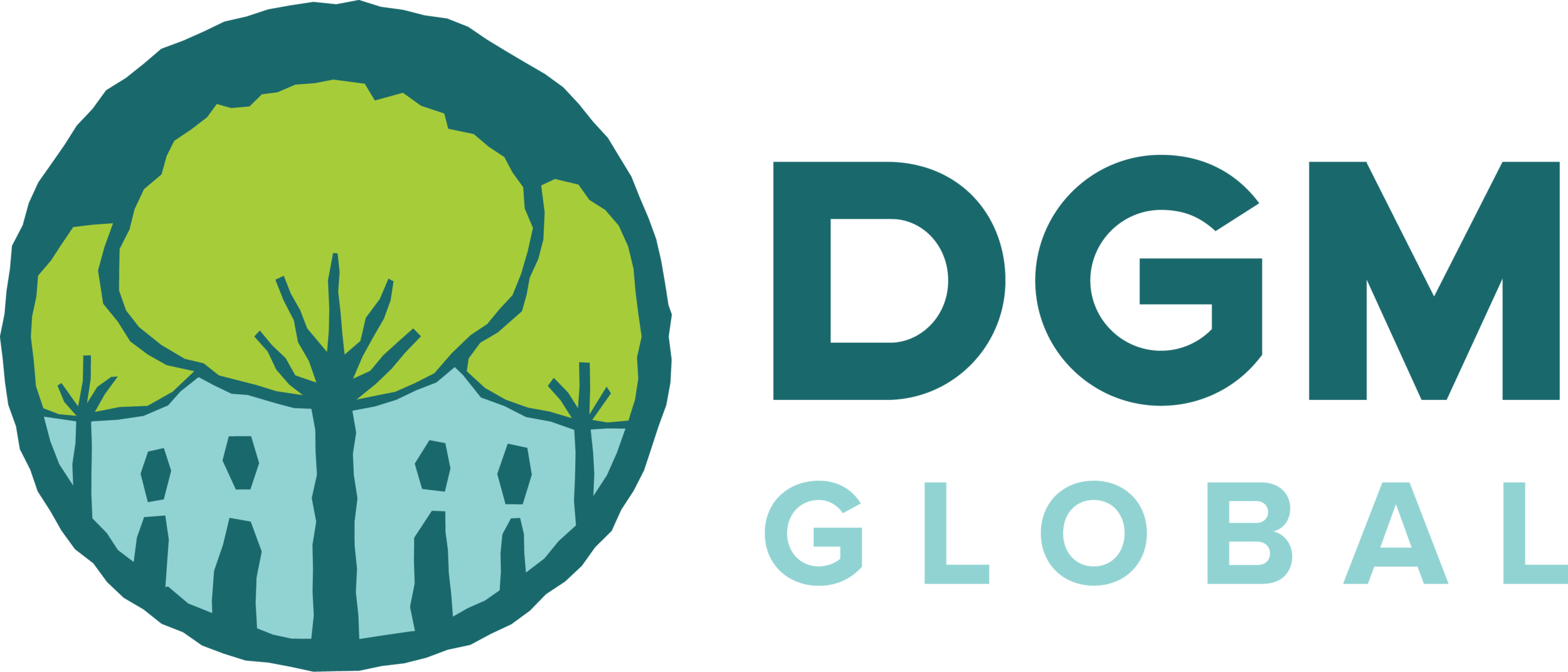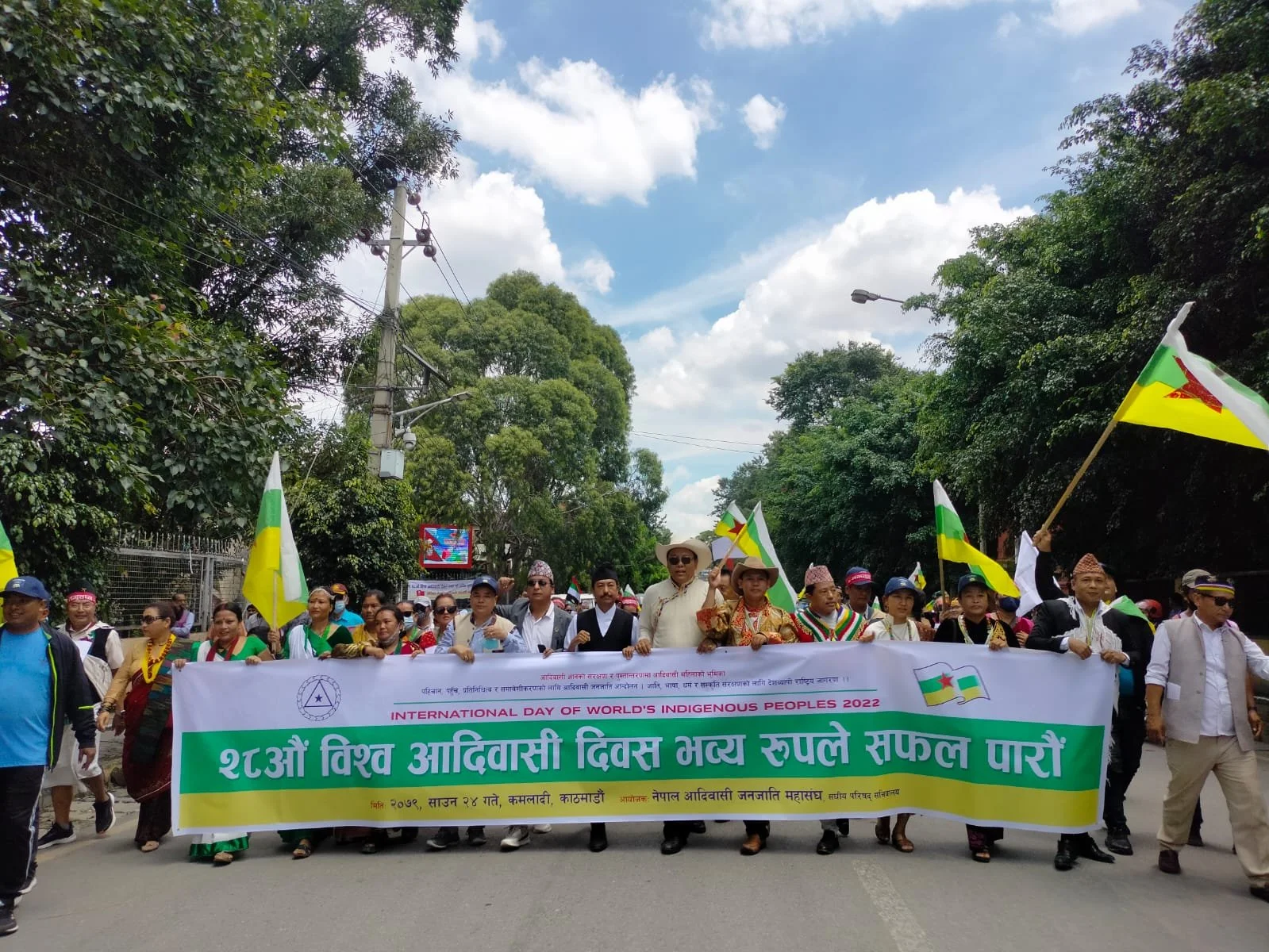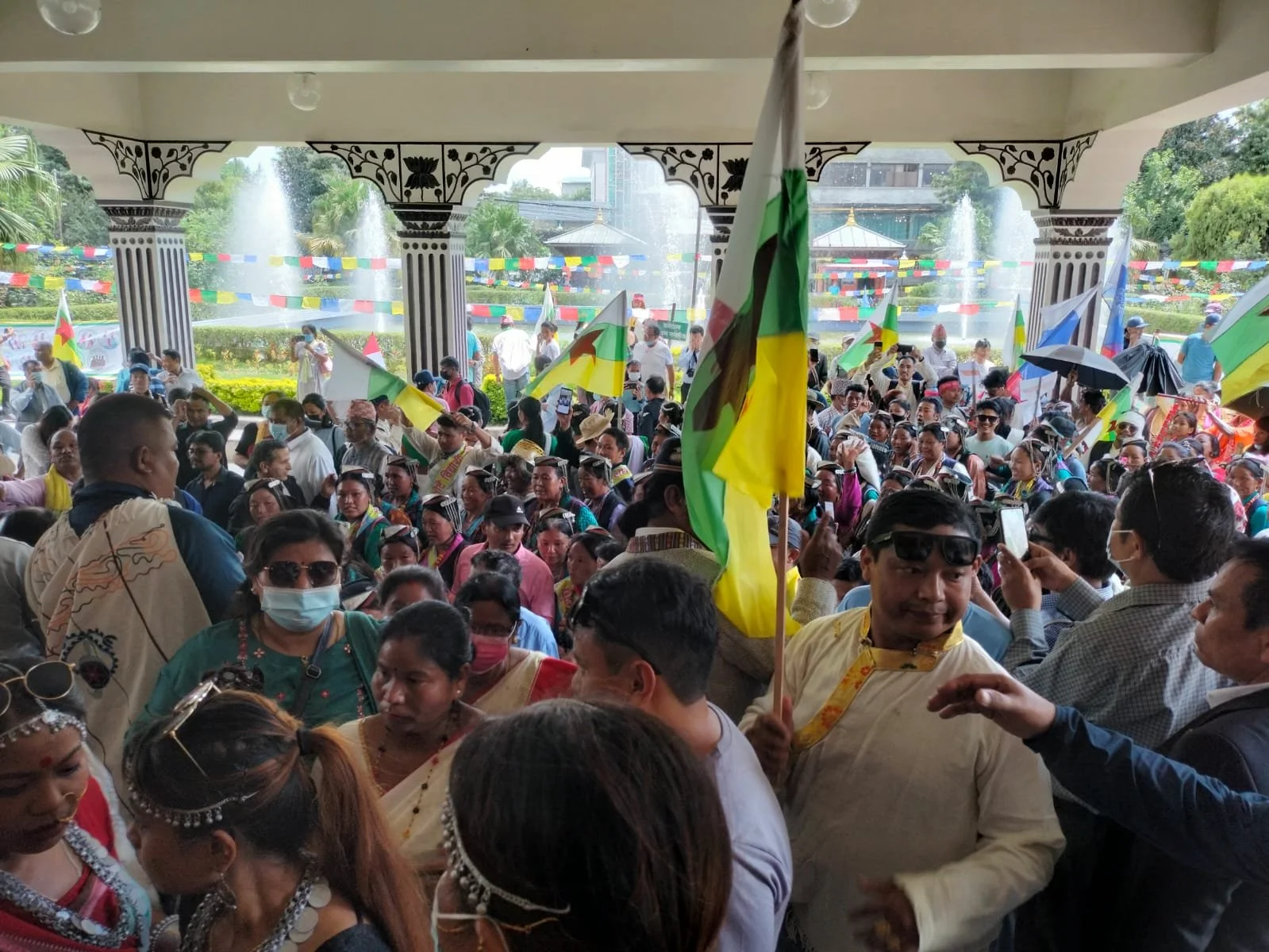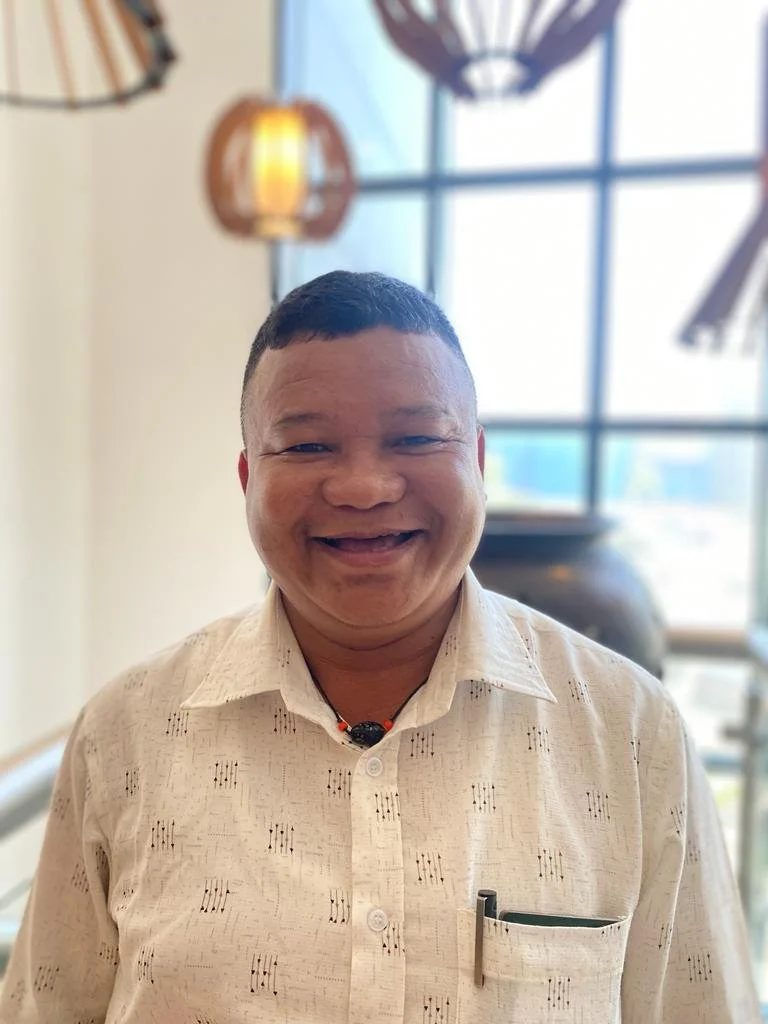28th International Day of the World Indigenous Peoples in Nepal
DGM Global cannot guarantee the accuracy of Google translations. In case of discrepancies, the original language takes precedence.
Contributed by: Jagat Baram, Nepal Federation of Indigenous Nationalities (NEFIN), DGM Nepal NSC, and GSC member
In recognition of International Day of the World’s Indigenous Peoples, DGM GSC member Jagat Baram shares how this date is recognized and honored in his community and country.
Jagat Bahadur Baram is a DGM Global Steering Committee member from Nepal and President of the Nepal Federation of Indigenous Nationalities (NEFIN). Jagat is also a member of the Forest and Environment Ministry’s REDD+ Steering and Coordination Committee and an Executive Council Member of Asia Indigenous Peoples Pact (AIPP) Thailand.
1993 was proclaimed the International Year of the World’s Indigenous People through resolution A/RES/47/75 of the United Nations (UN) General Assembly. The aim was to encourage a new relationship between States and Indigenous peoples, and between the international community and Indigenous peoples to foster a new partnership based on mutual respect and understanding. The designation of such year was requested by indigenous organizations and is the result of their efforts to secure their cultural integrity and rights into the twenty-first century. Since 1994, August 9th has been recognized globally as International Day of the World’s Indigenous Peoples Day or World Indigenous Day.
According to government data published in 2011, 35% of Nepal’s population is Indigenous, representing 59 Indigenous groups. Many Indigenous people live in the forest, nearby stream beds, lakes, and mountains, which means their livelihoods depend on natural resources. They have their own cultures, languages, traditional knowledge, skills, customary practices, norms, values, and forest management systems. In my culture, we worship tree roots, and have deep respect for trees and the nature that we all depend on. Trees have multiple meanings and uses for us. We steam tree leaves for use in traditional ceremonies during birth, marriage, and death.
In Nepal since 2001, we celebrate August 9th every year as the International Day of the World’s Indigenous Peoples at a national and community level. NEFIN, the umbrella organization of all Indigenous peoples in the country, organizes different programs to recognize this international day. Cultural programs include indigenous food festivals, indigenous sports, rallies, workshops, seminars, traditional products and handicraft fairs, musical performances, indigenous film screenings, and more. We celebrate this occasion collectively with our relatives and friends preparing different indigenous cultural foods. Some Indigenous groups honor this day differently by focusing on their plantation and caring for plants and trees in their community forest.
Each year, the UN declares a different theme to celebrate this day. This year’s theme is "The Role of Indigenous Women in the Preservation and Transmission of Traditional Knowledge". In Nepal, Indigenous women play a key role in their homes and communities, including responsibility for finance, land, home, and family. In recent years, new generations of Indigenous peoples have not been as interested in gaining traditional knowledge, learning native languages, cultures, or participating in festivals. In this respect, Indigenous women play a vital role in the preservation and the transformation of Indigenous knowledge, given their understanding of language, culture, religion, written and oral history, and the land.
On this World Indigenous day, I encourage Indigenous peoples to secure their rights, preservation and transmission of knowledge and encourage the preservation of forest and natural resources as well.
“Indigenous women play a vital role in the preservation and the transformation of Indigenous knowledge, given their understanding of language, culture, religion, written and oral history, and the land.”
Credit: Leo Lopes
Jagat shares his message with Indigenous youth on World Indigenous Day.



